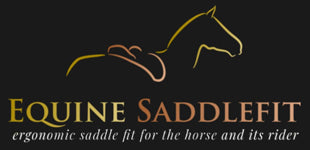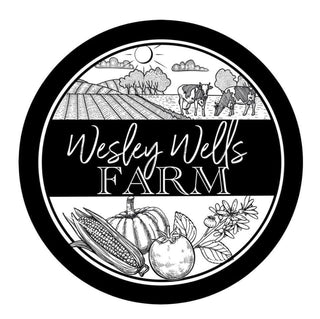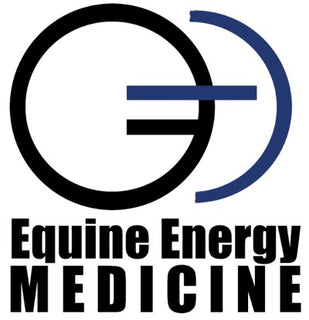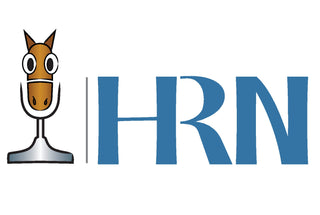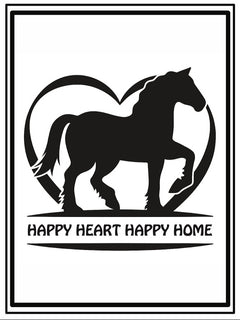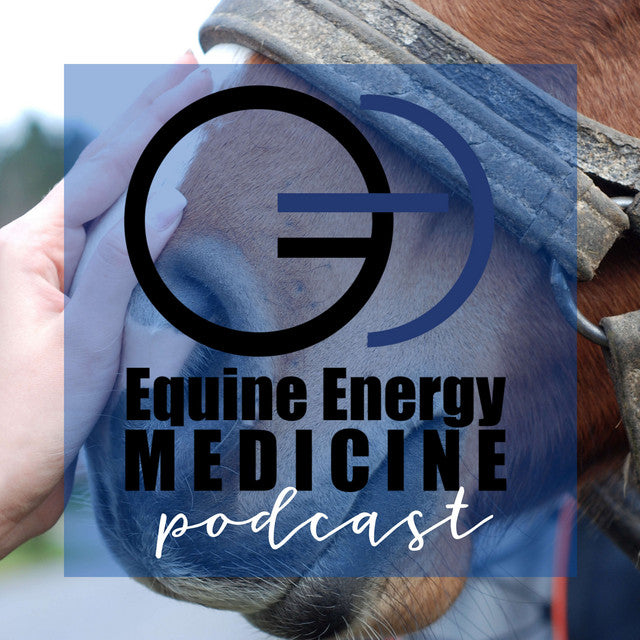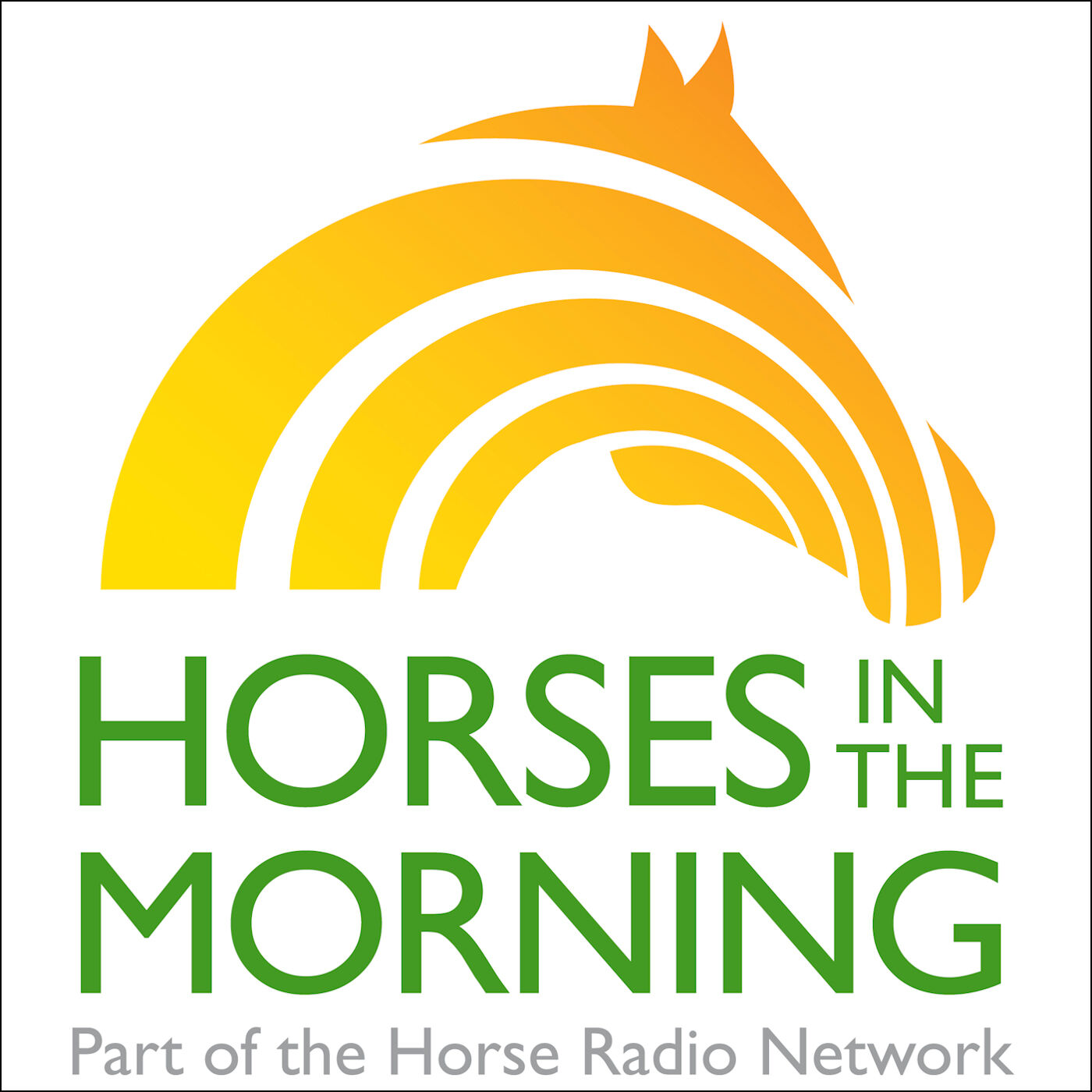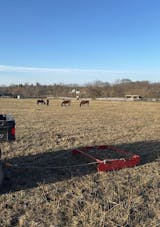
Autumn grazing is one of the trickiest times of year for horse owners in the UK. The grass may look soft and inviting, yet what is happening inside those blades can be a real challenge for equine health.
Cool nights and warm days mean sugar levels rise in the grass, and while this may not sound dramatic, it is one of the leading causes of laminitis flare ups in the autumn months.
If you are managing horses through this season, being proactive with turnout, forage, and pasture management makes all the difference.
Understanding Autumn Grass Risks
In autumn, grass often holds onto sugars that would normally be used for growth. With shorter days and colder nights, the sugars accumulate instead of being burned off.
For horses, especially those prone to laminitis or metabolic conditions, this makes autumn grazing a hidden danger. Many owners are caught out, assuming laminitis is just a spring problem, yet autumn grass can be just as risky, if not more so.
Recognizing that autumn grass is high in non structural carbohydrates is the first step in protecting your horse’s health.
Grazing Management Techniques
Managing turnout in autumn requires careful thought. High sugar levels are most common after sunny days that follow cold nights. Turning horses out in the morning on frosty grass can be one of the riskiest decisions.
Instead, turnout later in the day, once the sun has given grass time to use up some of its stored sugars, is often safer.
Grazing muzzles are a useful tool for horses that need turnout time but cannot be trusted with unrestricted grazing. Strip grazing is another option, allowing horses access to fresh areas gradually while preventing them from consuming too much too quickly.
Each horse will have different needs, but these simple techniques are effective ways to reduce risk without keeping horses off grass entirely.

Adjusting Forage and Diet
Autumn grazing horses in the UK often requires adjustments to their diet. Providing hay or haylage alongside pasture reduces reliance on sugar rich grass.
For horses prone to laminitis, low sugar forage is essential. Tested hay with sugar levels under ten percent is ideal, and soaking hay for several hours can help reduce sugar content further.
While restricting grass is important, do not cut forage intake below one and a half percent of bodyweight per day, as this can lead to other health issues. Balance is the key, ensuring horses stay full and satisfied without the excess sugar intake from autumn grass.
Pasture Upkeep and Soil Health
Healthy pastures support healthy horses. Autumn is an excellent time to assess the condition of your fields.
Overgrazed or patchy paddocks often produce stressed grass, which can raise sugar levels.
Use topping and rotation to keep growth even and prevent horses from grazing down to bare soil. Reseeding bare patches gives grass a stronger root system for the following year.
Soil testing can also reveal if your pasture needs lime or nutrients, and avoiding over fertilization is important since high nitrogen can worsen sugar levels. Good grass management is one of the best defenses against autumn laminitis.
Monitoring Horse Condition
Autumn is also a time when many horses put on weight before winter. While this is natural for wild horses, domestic horses with unlimited grass can gain too much. Body condition scoring is a simple but powerful tool. Feel for fat deposits along the crest, ribs, and tail head. Do not rely on rugs or fluffy coats to hide what is underneath.
Weigh forage, track weight, and adjust turnout before a horse becomes overweight. Going into winter with a horse that is already too heavy increases laminitis risk and makes spring management even harder.
Responding to Weather and Frost
Frosty mornings are common across the UK in autumn. Frosted grass is often very high in sugar, and turnout at these times should be avoided for laminitis prone horses.
Pay attention to daily weather changes and be flexible with your routine. If the forecast predicts bright sun after a frosty night, consider turnout on a paddock with restricted grass or rely more heavily on hay that day.
Adapting to the weather is a practical way to keep grazing safer.
Practical Tools for Autumn Grazing Management
Clean paddocks are healthier paddocks, especially during autumn when wet conditions combine with increased sugar levels to make horses more vulnerable. The Paddock Blade is a useful tool for keeping turnout areas clear of manure, which not only improves hygiene but also reduces nutrient overload on the grass.
Regular use helps maintain footing as well, which is valuable in autumn when wetter ground can quickly become messy.
Using the Paddock Blade consistently during this season supports your overall grazing management strategy and makes daily chores far easier.

Wrapping it Up
Autumn grazing horses in the UK requires careful management, as laminitis autumn grass risks are very real. By limiting turnout during high risk times, offering low sugar forage, maintaining pastures, and monitoring body condition, you give your horses the best chance to stay healthy through the season.
Tools like the Paddock Blade make pasture management easier, ensuring paddocks stay clean and safe. With a thoughtful approach, you can enjoy the beauty of autumn while keeping your horses healthy and comfortable on UK grassland!
FAQs
Why is autumn grass dangerous for horses?
Autumn grass is often high in sugar due to cool nights and sunny days. Horses eating large amounts of this grass are at risk of laminitis, especially those with metabolic conditions or a history of the disease.
What is the best time to turn horses out in autumn?
Turnout is safest later in the day, after grass has used up some stored sugars. Early morning grazing on frosty grass should be avoided for horses at risk.
Can soaking hay help reduce laminitis risk?
Yes, soaking hay for several hours can reduce its sugar content. This is especially helpful for horses prone to laminitis, but hay should still be tested when possible to ensure it is low in sugar.
Should I completely remove grass from my horse’s diet in autumn?
Not necessarily. Many horses can enjoy controlled access to grass with the use of grazing muzzles or strip grazing. The key is to manage intake and supplement with low sugar forage.
How can I tell if my horse is overweight going into winter?
Use body condition scoring and check fat deposits along the crest, ribs, and tail head. Do not rely on rugs or fluffy coats, as they can hide weight gain.
Does paddock cleaning affect laminitis risk?
Yes, manure left in paddocks can overload grass with nutrients, raising sugar levels in regrowth. Using tools like the Paddock Blade to keep paddocks clean supports healthier pastures and safer grazing.




